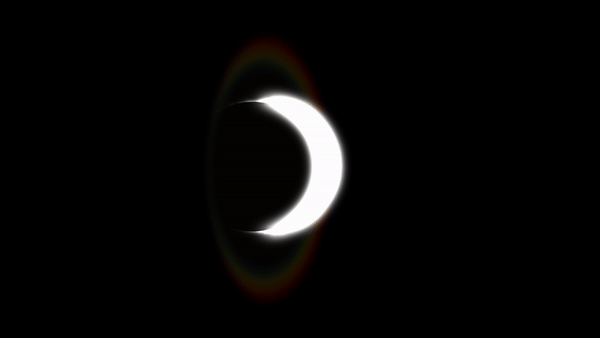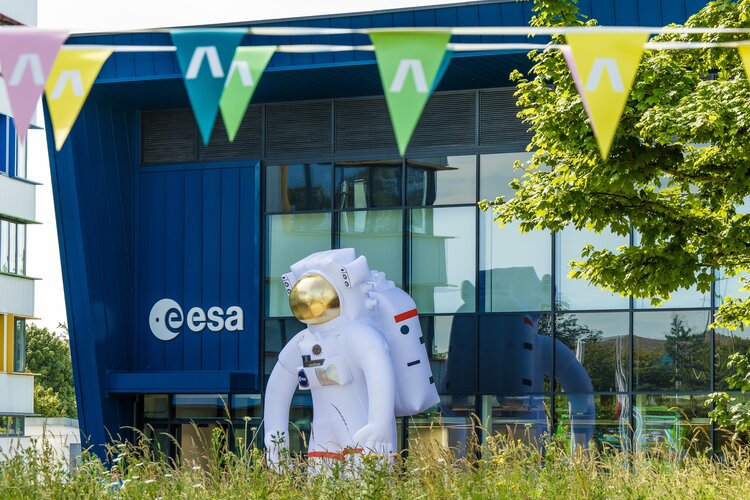
Copernical Team
PLD Space invests 10 million euros in MIURA 5 launch complex in French Guiana
 The launcher company PLD Space has announced an investment of 10 million euros in MIURA 5 Launch Complex at Guiana Space Center (CSG), Europe's spaceport in Kourou (French Guiana), owned by the French Space Agency (CNES) and the European Space Agency (ESA). With the first launch of its rocket at the end of 2025, PLD Space will become the first non-institutional launch operator that will go to or
The launcher company PLD Space has announced an investment of 10 million euros in MIURA 5 Launch Complex at Guiana Space Center (CSG), Europe's spaceport in Kourou (French Guiana), owned by the French Space Agency (CNES) and the European Space Agency (ESA). With the first launch of its rocket at the end of 2025, PLD Space will become the first non-institutional launch operator that will go to or Orbit Fab Delivers First Grip In-space Refueling Nozzle Following Successful Testing
 Orbit Fab has announced the completion of testing of its refueling payload and testing of the GRIP capture and active in-space refueling nozzle with automated docking, which eliminates the need for complex robotic arms for refueling.
After completing rigorous GRIP testing and in-space refueling simulations, Orbit Fab has successfully retired major technical risks ahead of key government an
Orbit Fab has announced the completion of testing of its refueling payload and testing of the GRIP capture and active in-space refueling nozzle with automated docking, which eliminates the need for complex robotic arms for refueling.
After completing rigorous GRIP testing and in-space refueling simulations, Orbit Fab has successfully retired major technical risks ahead of key government an SpaceX completes Starlink launch, brings Direct to Cell satellite total to 103
 SpaceX early Wednesday launched a new round of Starlink satellites into orbit in its first launch for the month of July after it saw a slight delay.
The liftoff at pad 40 took place in at 4:55 a.m. EDT from Cape Canaveral Space Force Station in Florida after a 2-hour delay.
The Falcon 9 rocket carried with it 20 Starlink satellites that were successfully put into space above Eart
SpaceX early Wednesday launched a new round of Starlink satellites into orbit in its first launch for the month of July after it saw a slight delay.
The liftoff at pad 40 took place in at 4:55 a.m. EDT from Cape Canaveral Space Force Station in Florida after a 2-hour delay.
The Falcon 9 rocket carried with it 20 Starlink satellites that were successfully put into space above Eart Video: Proba-3's new view on space weather

Video: Proba-3's new view on space weather
The double-satellite mission will reveal the Sun's stormy corona
Stellar success for ESA's first open day in the UK

Thousands of visitors flocked to ESA’s establishment in the UK last Saturday to experience first-hand how the agency is pushing the boundaries of exploration and using space to improve life on Earth.
Ariane 6 launches Peregrinus: students take on the Sun

Crew inside NASA's Mars habitat simulator to exit after more than a year
 The first volunteer crew, to live for more than a year inside NASA's Mars habitat at the Johnson Space Center in Houston, will exit the simulated Red Planet ground mission on Saturday.
Crew members Kelly Haston, Anca Selariu, Ross Brockwell and Nathan Jones will be greeted with a short welcome ceremony at about 5 p.m. EDT, which can be viewed on NASA+, NASA Television, the NASA app and
The first volunteer crew, to live for more than a year inside NASA's Mars habitat at the Johnson Space Center in Houston, will exit the simulated Red Planet ground mission on Saturday.
Crew members Kelly Haston, Anca Selariu, Ross Brockwell and Nathan Jones will be greeted with a short welcome ceremony at about 5 p.m. EDT, which can be viewed on NASA+, NASA Television, the NASA app and Firefly Aerospace aims to launch eight CubeSat satellites after scrub
 Firefly Aerospace will try to get its Alpha rocket carrying eight CubeSat satellites into space on Tuesday night from California's Vandenberg Space Force Base after the mission was scrubbed on Monday.
The satellites are being put into space under NASA's Launch Services Program Venture. Officials blamed a "last minute" ground systems issues led to the mission's pause on Monday.
"O
Firefly Aerospace will try to get its Alpha rocket carrying eight CubeSat satellites into space on Tuesday night from California's Vandenberg Space Force Base after the mission was scrubbed on Monday.
The satellites are being put into space under NASA's Launch Services Program Venture. Officials blamed a "last minute" ground systems issues led to the mission's pause on Monday.
"O A snaking scar on Mars

A fascinating feature takes centre stage in this new image from ESA’s Mars Express: a dark, uneven scar slicing through marbled ground at the foot of a giant volcano.
Proba-3’s new view on space weather
 Video:
00:02:05
Video:
00:02:05
Space weather can affect satellites in orbit, trigger geomagnetic storms on Earth and interfere with ground infrastructure. We need to understand it better, and the best way to do that is look at where it comes from.
The Sun’s corona, its upper atmospheric layer, gives rise to the solar wind and is where coronal mass ejections are spawned: massive outward explosions of charged plasma. ESA’s Proba-3 double-satellite mission will use formation flying to open up sustained coronal views. Mimicking a total solar eclipse, one satellite will block out the fiery face of the Sun by casting a shadow onto the other.
